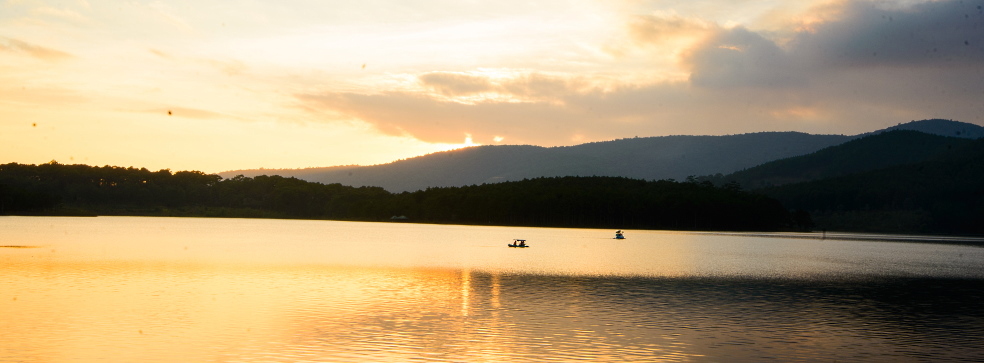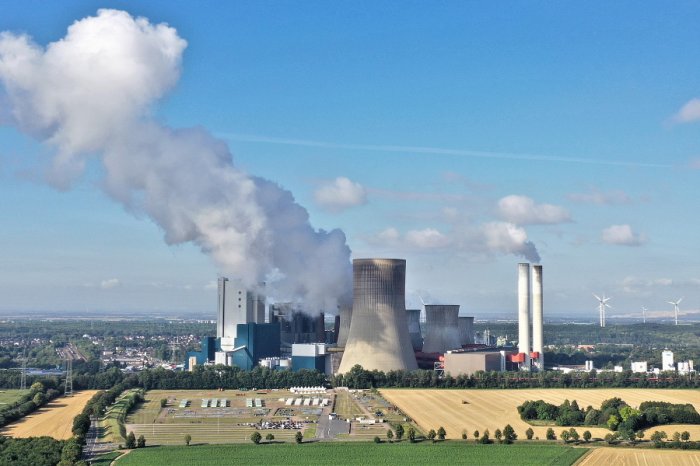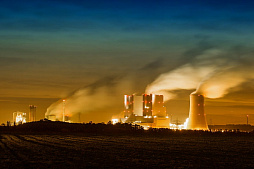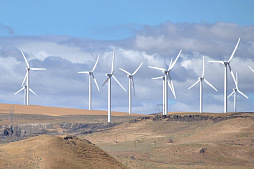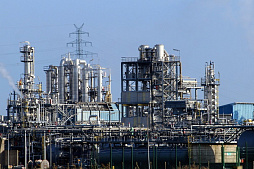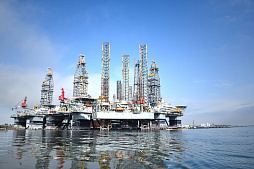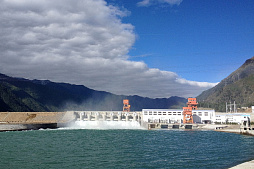To consider an application for financing, fill out the form and send it to us by e-mail along with the project brief, or contact our experts
- Benefits of small hydropower for business
- Predesign activities and designing a small hydropower plant
- Choosing electrical equipment and automation
- Operation and maintenance of hydropower plants
- Use of small hydropower plants for remote areas of the world
- Our services for the construction of hydropower plants
- The cost of building a mini-hydro power plant
Innovative technologies make it possible to use the significant potential of small rivers and tributaries, waterfalls, water supply systems and irrigation canals.
This approach is successfully used both for local power supply to industrial and municipal facilities, and for exporting electricity to the grid instead of environmental hazardous thermal power plants.
The main criterion for a small hydroelectric power (SHP) plant is maximum capacity. This criterion varies by country: up to 5 MW in Spain, up to 20 MW in Japan, and up to 50 MW in New Zealand.
The development of this energy sector opens up great opportunities in terms of diversifying electricity sources, reducing dependence on fossil fuels and using the potential of small rivers.
According to statistics, total global investment in SHP in 2016 reached $ 7 billion.
The average construction cost was about 4-5 thousand dollars per 1 kW of installed capacity.
Given the depletion of fossil fuels and limited water resources worldwide, SHP is projected to grow by 5% per year. The total electricity production at small hydropower plants will reach 800 TWh by 2030. This will account for approximately 2% of global electricity production.
Benefits of small hydropower for business
Our experience shows that small hydroelectric power plants successfully solve the energy problems of distant enterprises and even entire settlements.This is especially true in developing countries with a limited centralized energy supply system.
The construction of small hydroelectric power plants is associated with significant costs, but these investments quickly pay off due to the many benefits of using renewable energy everyday.
Customers especially like to be independent of costly external sources of electricity, which is why businesses are considering such projects in terms of savings and stable power supply.
Benefits of SHP for business include:
• Safety. The operation of such facilities is much safer compared to thermal power plants.
• Stable power supply. Unlike wind or solar power plants, a small hydropower plant generates a relatively constant amount of energy throughout the day.
• Accumulation of water. Reservoirs, which are used in some facilities, are able to retain significant volumes of river water for various purposes.
• Environmental friendliness. Modern equipment helps to clean the river from solid impurities thanks to filters. The construction of the facility strengthens the banks of the river, and the turbine saturates the water with oxygen, which speeds up the self-cleaning process.
• Cost savings. The cost of a small hydroelectric power plant may seem high for a private investor, but its operation provides huge savings in the long term.
• Friendly infrastructure. Mini-hydro power plants usually represent aesthetic designs that can be used not only to generate energy, but also for tourism and entertainment purposes.
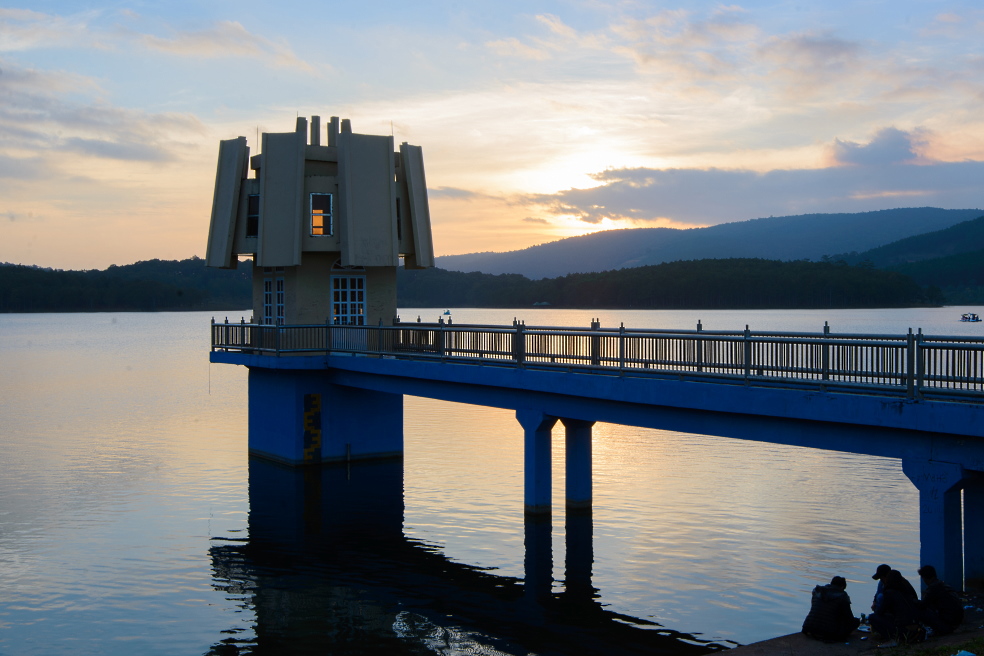
Operating costs and maintenance costs for 1 MW of installed capacity are comparable to other hydropower facilities. Although small hydroelectric power plants are significantly inferior to traditional facilities in their technical parameters, investor interest in SHP is steadily growing.
The popularity of this area is explained by the fact that small hydroelectric power plants provide autonomy.
These facilities are often ordered by farms, small industrial enterprises, and local communities located in remote areas. The environmental advantage is that they do not need large reservoirs and do not require flooding of agricultural lands.
In addition, in most developing countries, the construction of small hydropower plants is cheaper than other sources of electricity. This is due to the low cost of labor, which accounts for a significant share of the total estimated costs (earthworks, foundation pouring, etc.)
With the conventionally equal cost of equipment, the construction of local hydropower systems in developing countries in Asia, Africa and South America seems more profitable than in Western Europe, the United States or Canada.
Predesign activities and designing a small hydropower plant
To build a small hydroelectric power plant in a specific place, several conditions must be met.The construction site should be easily accessible in order to ensure the connection of the power plant to the national power grid, its operation and maintenance. But the most important condition is a sufficient flow of water in a particular area.
The advantage of small hydropower plants is that they can be placed even on rivers with a relatively weak flow of water. Due to this feature, mini-hydro power plants are of great interest to many land owners. Suitable conditions for the construction of small hydropower plants can be found in most of Europe, Russia, China, South Asia and America.
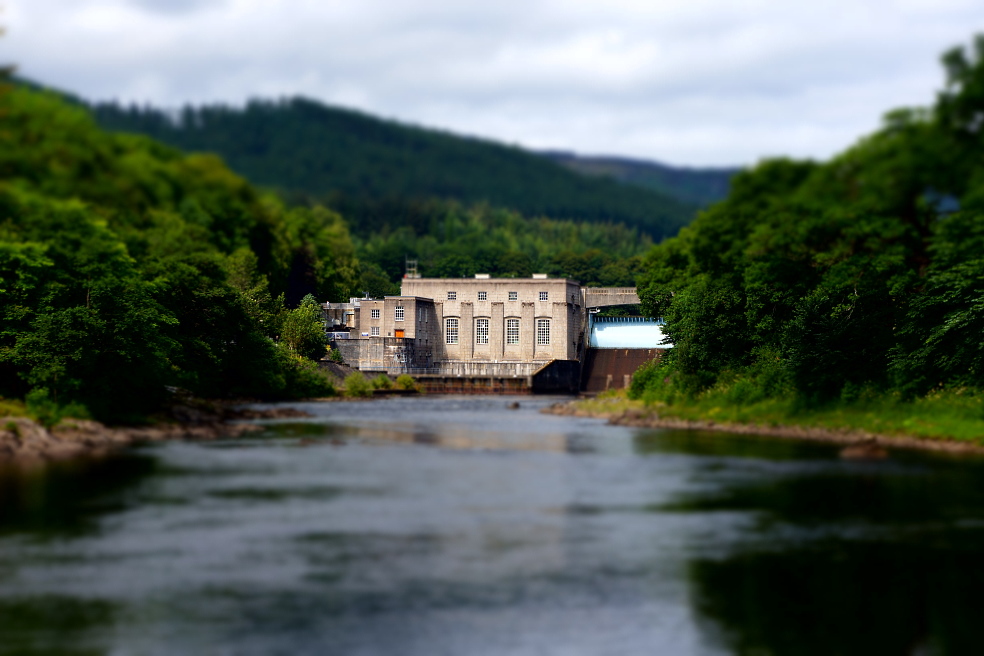
An important design element of a mini-hydro power plant is a water turbine. Water flowing through the blades drives the rotor and generates electrical energy.
Due to the natural features of most small rivers, engineering firms mainly use Archimedes screw turbines (AST) and Kaplan turbines.
Engineering company specialists should study in detail any geographic, topographic, climatic, technical, economic and legal aspects that may affect the implementation of a hydropower project:
• The geographical area where the necessary infrastructure will be built.
• The predicted water flow rate and its fluctuations throughout the year.
• The choice of the operation mode: an isolated system or part of the national power grid.
• Power plant capacity and estimated fluctuations in electricity generation during the year.
• Selection of the most suitable equipment, including electromechanical equipment, infrastructure, automation and control systems.
• Frequency of corrective and preventive maintenance, as well as resources and strategies to deal with emergencies.
• Expandability and adaptability to future requirements that need to be considered when designing equipment.
• Economic performance, project profitability and its benefits for the local community.
Having identified these key points, the engineering company can begin basic work on the design of the future power plant and all necessary infrastructure.
Project planning and evaluation
Step 1: Topographic analysis of the area
The behavior of water flowing along natural routes obeys the principles of fluid mechanics. To study the viability of the project, engineers evaluate its energy potential. In particular, height differences and water flow rates are taken into account.The flow of water depends on many factors, including rainfall, terrain, vegetation, and water temperature in the receiving basin.
Step 2: Calculation of electricity generation
Electricity production at small hydropower plants is determined mainly by the flow of water driving the turbines. Assessing the potential of the construction site, engineers make calculations for several possible equipment configurations.In order to accurately assess the generation of electricity, it is necessary to take into account the technical parameters of the equipment and the features of a particular site.
Step 3: Assessment of the feasibility of a hydropower project
Based on the flow rate and other factors, the cost of electricity, the payback period and other economic parameters are calculated.Step 4: Water turbines, electric generators and control equipment
At the next stage, electromechanical equipment, electronics and automated control systems are selected.Engineers take into account the actual operating conditions of the power plant, the characteristics of the available equipment and the customer's requirements for a specific project.
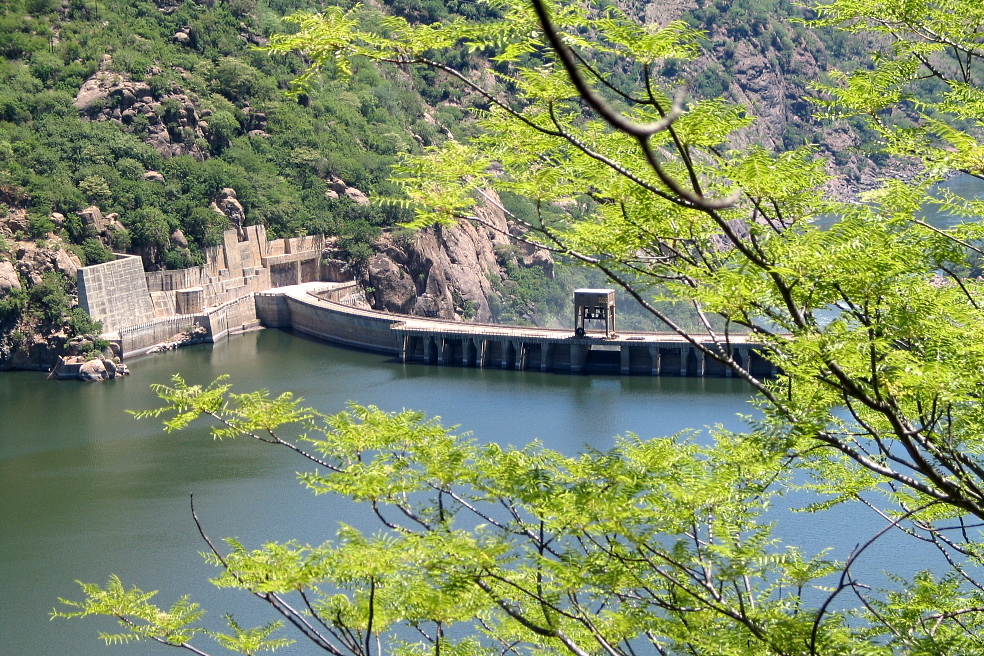
Step 5: Environmental impact assessment and development of preventive actions
A detailed study of the environmental impact during the operation of a small hydropower plant is being carried out.The engineers report provides the necessary information for predicting, identifying and interpreting the environmental impact of the facility. The plan contains corrective measures that the company will take to prevent adverse environmental impacts.
All these measures must comply with current environmental protection requirements, as well as international environmental standards.
Step 6: Economic analysis and sources of project finance
A detailed economic analysis includes assessing the economic benefits of the project and expected costs, determining the optimal sources of funds for the construction of a small hydropower plant. This step requires the participation of experienced financial advisors.Step 7: Analysis of legal requirements and procedures
The main risk for any energy project is obtaining the necessary permits. To avoid unforeseen situations during the construction and operation of the facility, a team of lawyers is studying national requirements and administrative procedures, ensuring the implementation of the project.Economic analysis of the hydropower project
Analysis of the costs of building and operating a small hydropower plant is a crucial point in developing an energy project.The report should contain all costs, including the cost of obtaining permits and licenses. The economic analysis of the project includes net present value, internal payback ratio, payback period, etc.
The purpose of these calculations is to analyze the economic sensitivity of the project.
This includes forecasting electricity and hydrocarbon price fluctuations, especially if the facility is planned to be connected to the national energy system.
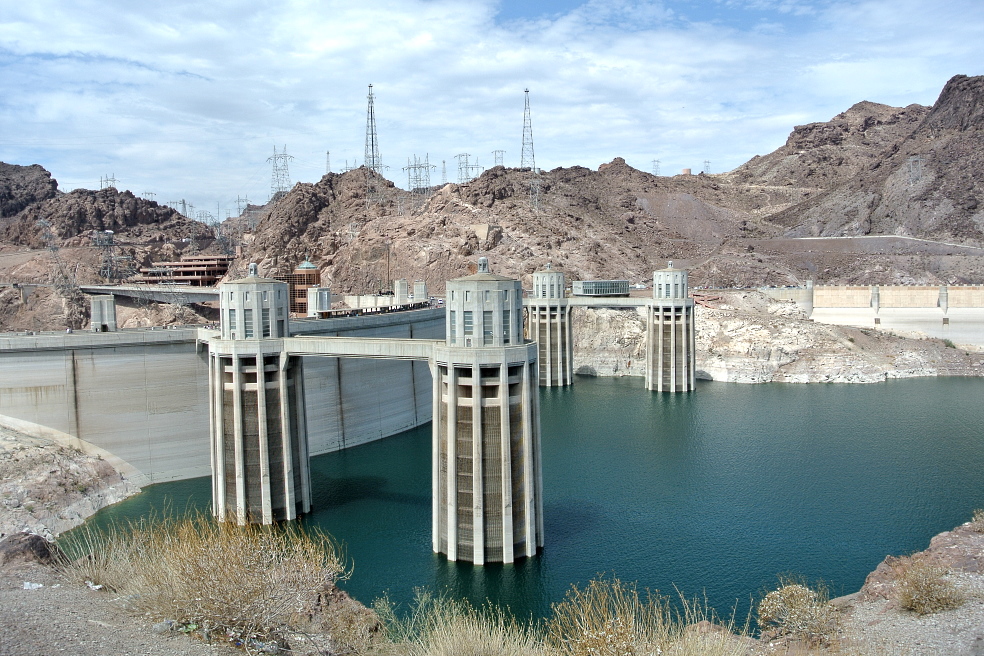
Legal and technical requirements
The construction of a small hydroelectric power plant requires a number of administrative permits.This is due to the nature of the design. Despite the production of clean renewable energy, it has a certain environmental impact.
At the very beginning, a small hydropower plant project should be reviewed and approved by local authorities. It is also necessary to obtain permits from the national authorities that oversee construction work and land development. Most countries consider water resources to be state property. Therefore, companies need to obtain appropriate paid permissions to use these resources.
After construction, the small hydroelectric power plant should be connected to the national power grid, which implies the signing of a connection agreement with the local power grid company.
The investor must take into account the cost of obtaining the above permits, payment for the use of water resources and the preparation of the necessary construction and technological documentation.
Designing mini-hydro power plant is a time-consuming task, but a well-thought-out project guarantees safety and a quick return on your investment. In most countries, measures are in place to support renewable energy, so the investor can count on government participation.
Choosing electrical equipment and automation
When designing small hydropower plants, engineers prefer reliable electromechanical equipment and automation, which does not cause difficulties during operation and meets modern requirements.The list of equipment includes:
• Electrical and mechanical equipment. Turbine selection (type and number of turbines), generator selection, voltage regulators, generator excitation system, alternating current system, direct current system, emergency power system, transformer and power lines.
• Control and automation systems: supervisory control and data acquisition system (SCADA), graphic displays, communication systems, programmable logic controllers, etc.
The concept of automation is to perform labor-intensive processes instead of humans.
This concept is extremely important for the successful implementation of energy projects.
Protection and control systems at small hydropower plants have undergone significant changes, achieving impressive results in recent years. Automation is considered the best answer to new energy production needs.
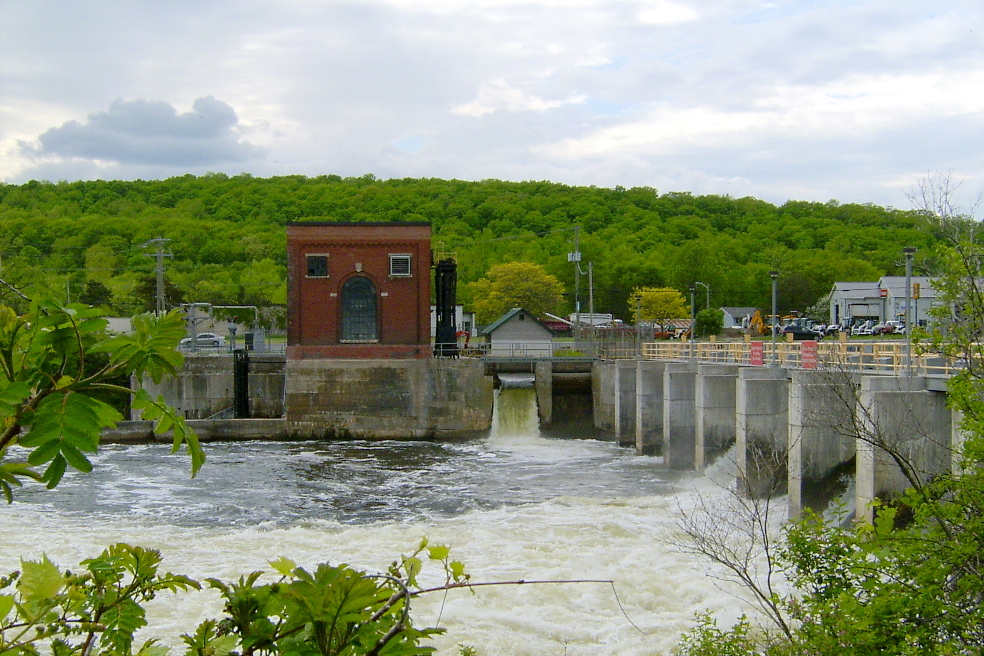
The advantages of automation systems include:
• Improving the efficiency of electricity production. Modern electronics ensures the efficient operation of each power unit and the optimal load distribution between the power units.
• Flexible change of operating modes. Automation is responsible for the fast and accurate control of all processes in a power plant without human intervention.
• Ease of maintenance. Thanks to the continuous monitoring of the technical condition, automation significantly simplifies the repair and maintenance of equipment, making the operation of the facility more stable and reliable.
• Exclusion of the human factor. Automation eliminates the main risk factor in the operation of power plants, human errors. Computers are fully responsible for starting and stopping equipment, load balancing, and other aspects.
In the design process, an important role is given to the development of a distributed control system (DCS) and a supervisory control and data acquisition system (SCADA).
A distributed control system is a process-oriented system in which data processing elements are distributed throughout the system. Each component or subsystem of a power plant is controlled by one or more controllers. The entire controller system is connected via communication and monitoring networks.
The SCADA system is based on computers that help operators remotely control equipment, processes or systems with different characteristics. Unlike DCS, the SCADA system is focused on collecting event data that is provided to the operator through the HMI interface.
Currently, it is easy to find a SCADA system that performs automatic control tasks at any level, but its main task is to interact with the operator.
Operation and maintenance of hydropower plants
The design of a hydropower plant should include the development of a maintenance program that will be adapted to its characteristics and specific operating mode.Engineering firms offer corrective and preventive maintenance programs.
Corrective maintenance includes work that aims to correct existing defects found in the equipment. Historically, this was the only maintenance concept until World War I because of the simplicity of machinery of that period. For modern energy facilities, corrective maintenance is not enough.
Preventive maintenance is carried out to preserve equipment, extend its life and ensure reliability. Unlike corrective maintenance, these works are carried out on properly functioning equipment before actual malfunctions occur. The most important goal of maintenance is to prevent or mitigate the consequences of equipment failures, and to prevent incidents before they occur.
Continuous modernization plays an important role in SHP. It aims to compensate for technological obsolescence and introduce new technologies that did not exist at the time of construction.
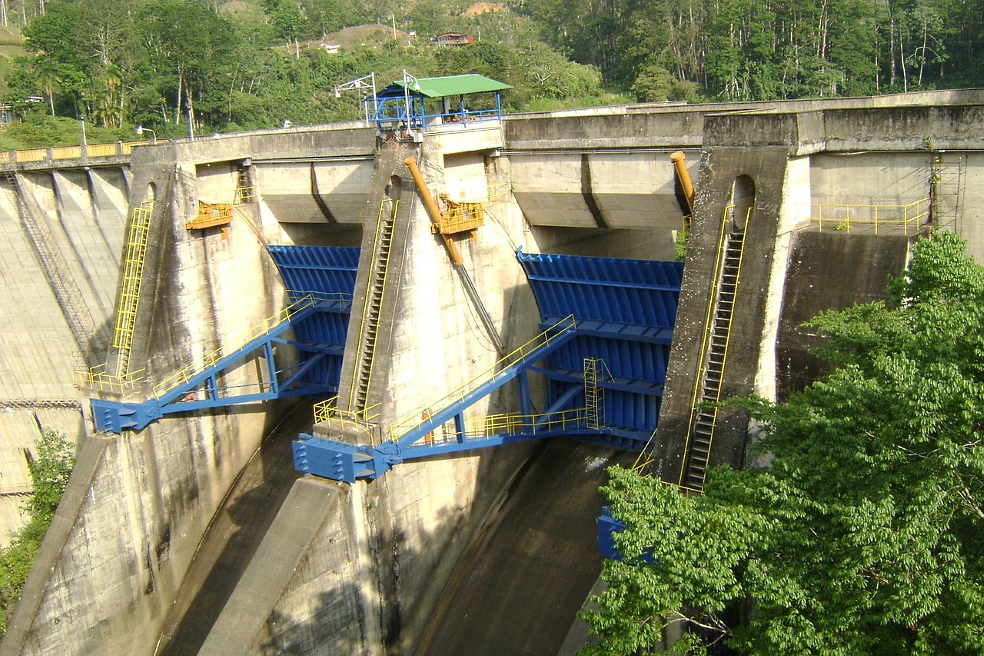
Use of small hydropower plants for remote areas of the world
Small hydroelectric power plants generate energy using small rivers and waterfalls.Such plants are usually built in isolated and inaccessible areas.
They can provide electrical power to remote communities, farms, and enterprises in isolated places where it is difficult to run power lines.
Modern small hydropower plants are almost independent of seasonal and meteorological changes. Electricity generation at these facilities is small, but relatively stable throughout the year. In many cases, mini-hydro power plants operate without being connected to a national power grid.
Small hydropower plants have certain features that distinguish them from traditional systems. These facilities are technically simple, compact, inexpensive and very flexible. They adapt easily to local conditions and have minimal environmental impact.
Due to the design features, small hydropower plants cannot store water to generate additional electricity during peak hours. However, there are special projects that provide such opportunity.
Some facilities can operate completely autonomously, providing electricity to small towns and enterprises without the need to buy electricity from energy companies. However, in most countries, these power plants are connected to the national power grid.
Being a source of cheap renewable energy, small hydropower plants can displace thermal power plants that burn coal, natural gas or heavy oil. The depletion of fossil fuels forces governments and businesses to switch to renewable energy sources such as hydropower, wind and solar.
SHP is a low-cost alternative for remote areas that need energy for progress and development.
Hydropower plant construction: our services
The company LBFL, together with its partners, offers a full range of services for the design, construction and modernization of hydropower plants under an EPC contract.We also offer investment financing for renewable energy sources.
We offer best practices for your energy project.
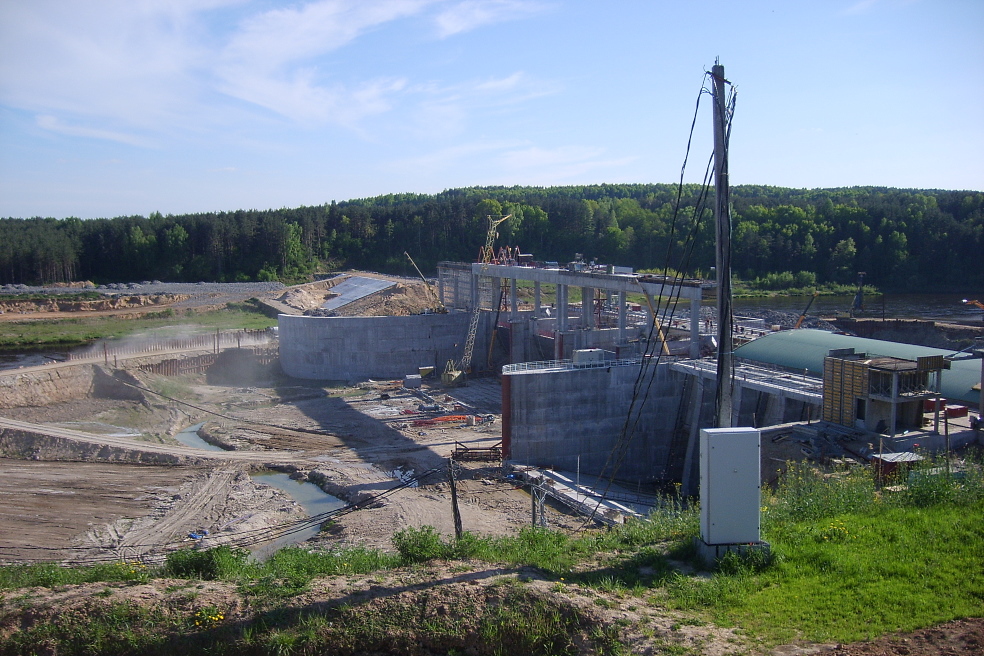
Engineering services include:
• We evaluate the legal aspects of the construction of hydropower plants.
• We draw up construction documentation and represent the interests of the investor in local government, as well as provide legal advice for each project.
• We develop individual technological solutions and select the most suitable sites for construction of facilities.
• We design dams and evaluate their environmental impact on surrounding areas using computerized analytical tools.
• We calculate the technical parameters of the facility to predict the estimated power generation with high accuracy.
• We carry out financial analysis, from simplified calculations to detailed financial forecasts.
LBFL always cares about the effectiveness of your investment. Our company invites to cooperation everyone who plans to build (modernize) a hydroelectric power plant.
We have no restrictions and every customer is important to us.
The cost of building a mini-hydro power plant: EPC contract
The cost of building hydropower facilities depends on several factors.This includes the scope of the project, the volume of excavation, the complexity of construction and hydraulic works, the cost of materials, as well as administrative fees and obtaining the necessary permits.
Project cost estimation is always carried out individually.
The cost of a small hydropower plant can range from several hundred thousand euros to tens of millions.
Multi-million euro projects are usually ordered by government agencies, local communities or large companies. Thanks to innovative technologies, even small farms or private customers who want to use renewable energy for their personal needs can afford small power plants.
A small hydropower project can be very profitable.
The facility does not require constant complex maintenance, which reduces operating costs.
There are successful hydropower projects that pay off in just 4 years. However, in most cases, the payback period is about 7-10 years.
The specific numbers obviously depend on the size and type of facility, the technologies used, and many other factors. In any case, annual returns far exceed operating costs, making SHP a great investment opportunity.
Hydropower is becoming more attractive and competitive compared to traditional energy sources. In addition to benefits such as autonomous zero-emission power generation, a hydropower plant is a very interesting option to increase capital.
Entrepreneurs are looking for new ways to produce electricity, contributing to the development of remote areas.
We offer financing and engineering services for hydropower and renewable energy.
Contact our representatives to find out more.



